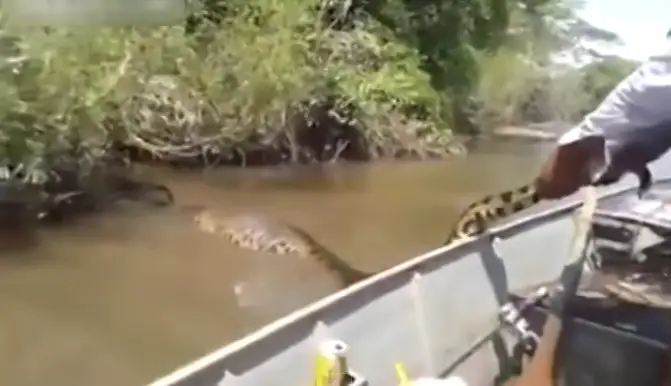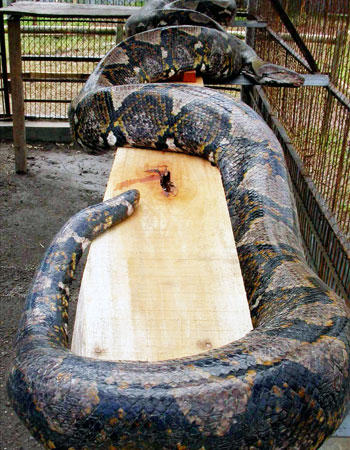
“Not even in my wildest dreams I would have imagine that we would find even a bigger snake years later! This unique finding tells us some clues about ancient global warming and how plants and animals responded to it, lessons that can be useful to understand our modern world and predict its future.” “Years ago I watched the Hollywood movie Anaconda (with Jennifer Lopez),” said Carlos Jaramillo of STRI. But their most spectacular discovery was the fossilized vertebra of a previously undiscovered species of snake.

Fossil finds included giant turtles and crocodiles, as well as the first-known bean plants and some of the earliest banana, avocado and chocolate plants. Over the following decade, collecting expeditions led by the Smithsonian Tropical Research Institute in Panama and the Florida Museum of Natural History at the University of Florida opened a unique window into what some scientists believe to be the first rainforest on Earth.

In 2002, a Colombian student visiting the coal mine made an intriguing discovery: a fossilized leaf that hinted at an ancient rainforest from the Paleocene epoch. The startling discovery of Titanoboa was made by a team of scientists working in one of the world’s largest open-pit coal mines at Cerrejón in La Guajira, Colombia. The Smithsonian Institution Traveling Exhibition Service (SITES) has scheduled stops in museums in Florida, Nebraska and Panama. The exhibition will begin a 15-city tour next January. Videos tell the story of this amazing scientific discovery with scenes from the Smithsonian Channel’s two-hour special, Titanoboa: Monster Snake, which premieres on the Channel Sunday, April 1, at 8 p.m. The exhibition includes the snake replica and two vertebra casts made from the original fossils: a 17-foot-long modern green anaconda and the vertebra from Titanoboa, as the giant snake is called.


Sixty million years ago, in the era after the mass extinction of the dinosaurs, scientists believe that a colossal snake related to modern boa constrictors thrived in a hot tropical climate. Slithering in at 48 feet long and weighing an estimated one-and-a-half tons, a realistic replica of the world’s largest snake is on exhibit at the Smithsonian’s National Museum of Natural History until Jan.


 0 kommentar(er)
0 kommentar(er)
